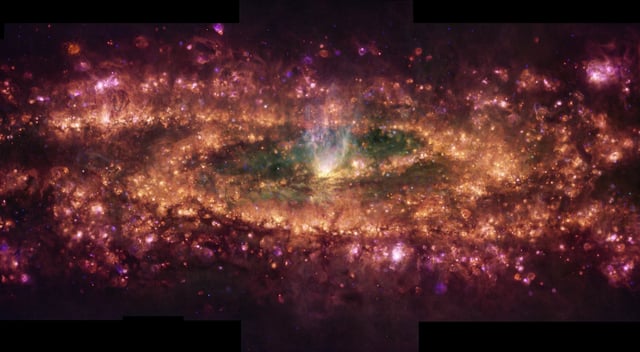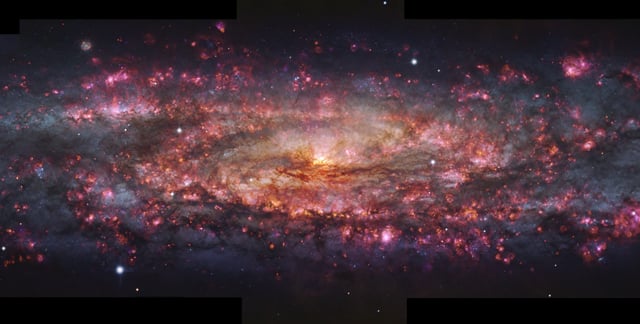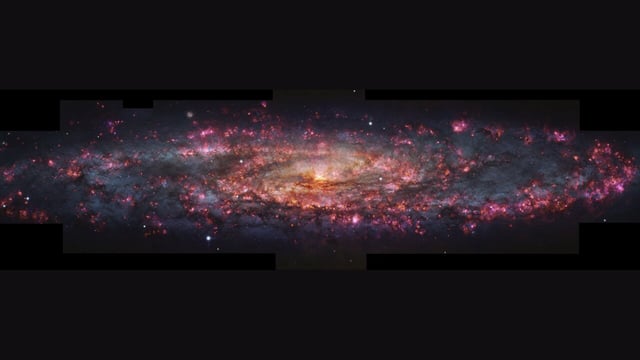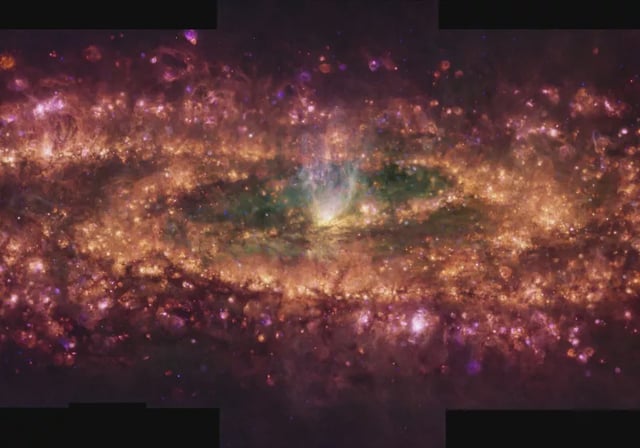Overview
- ESO’s Multi Unit Spectroscopic Explorer on the Very Large Telescope at Paranal Observatory captured the data during a dedicated observing campaign.
- The composite spans 65,000 light-years of the galaxy’s spiral arms, enabling resolution of individual stellar nurseries.
- The distribution of planetary nebulae provides vital markers for confirming the galaxy’s 11-million-light-year distance and informing subsequent analyses.
- False-color mapping of hydrogen, oxygen and sulfur emissions will allow astronomers to trace gas dynamics, chemical evolution and star formation processes.
- Known as NGC 253, the galaxy’s proximity and Milky Way-like properties make it both an ideal research subject and a binocular target for amateur observers.



